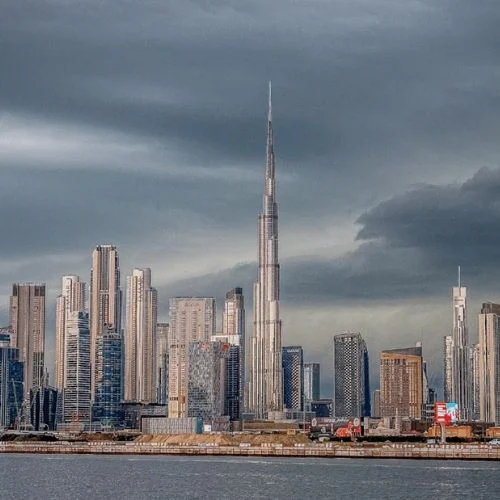India is at a high risk of power cuts during the night due to delays in adding new coal-fired and hydropower capacity, which could limit the country’s ability to address surging electricity demand when solar energy is not available.
Despite a rapid addition of solar farms helping India avert daytime supply gaps, a shortage of coal-fired and hydropower capacity risks exposing millions to widespread outages at night, according to government data and internal documents reviewed by Reuters.
India’s power availability in “non-solar hours” this April is expected to be 1.7% lower than peak demand, which is a measure of the maximum electricity requirement over any given time, according to an internal note by the federal grid regulator reviewed by Reuters. April nighttime peak demand is expected to hit 217 gigawatts (GW), up 6.4% on the highest nighttime levels recorded in April last year.
The risks of nighttime outages threaten industries that operate around the clock, including auto, electronics, steel bar, and fertilizer manufacturing plants. The deficits in electricity this summer could be worse than expected, as the shortage forecasts were made weeks before India’s weather office predicted heat waves between March and May.
India’s federal power secretary Alok Kumar downplayed concerns, saying the government had taken “all steps” to avoid power cuts. After the Grid-India report, the government brought forward maintenance at some coal-fired power plants and secured extra gas-fired capacity to try to avert outages, another senior government official said.
As much as 189.2 GW of coal-fired capacity is expected to be available this April, according to Grid-India’s February note. That would be up more than 11% from last year, according to Reuters calculations based on Grid-India data. Together, coal, nuclear and gas capacity are expected to meet about 83% of peak demand at night. Hydro power will be crucial not only to meet much of the remaining supply but also as a flexible generator, as coal-fired plants cannot be ramped up and down quickly to address variability in demand.
However, Grid-India has forecast peak hydro availability in April this year will be 18% below what it was a year earlier, when output was boosted by favourable weather conditions. Imported coal-based power plants would be required to crank up output to up to 55% of total potential from 21% in February, while domestic coal-fired units will have to increase output to 75% of potential from 69% in February, according to Hetal Gandhi, Director- Research at CRISIL Market Intelligence and Analytics.
The burden of increased supply will definitely be borne by coal and gas, Gandhi said, adding that achieving it would be a “tall order.” The nighttime outage risks are in sharp contrast to daytime, where supply has been bolstered by nearly four-fold growth in solar capacity over the past five years, in line with Prime Minister Narendra Modi’s Paris climate agreement pledge to curb carbon emissions.
The strain comes after sundown, as coal-fired capacity has grown only 9% over the last five years. Around midnight through April last year, jostling for power was intense, with buyers making bids for five times more power than sellers offered, a Reuters analysis of data from the Indian Energy Exchange, the country’s most liquid electricity trading platform, showed.
The widening demand-supply fault lines highlight the need to expedite coal capacity additions to avert outages in the next few years. Construction of as many as 26 coal-fired units with a capacity of 16.8 GW has been delayed by more than a year, data from the Central Electricity Authority shows, with some plants facing delays of more than 10 years. Projects under construction are being stalled by local protests over environmental concerns, legal challenges over compensation for land.















